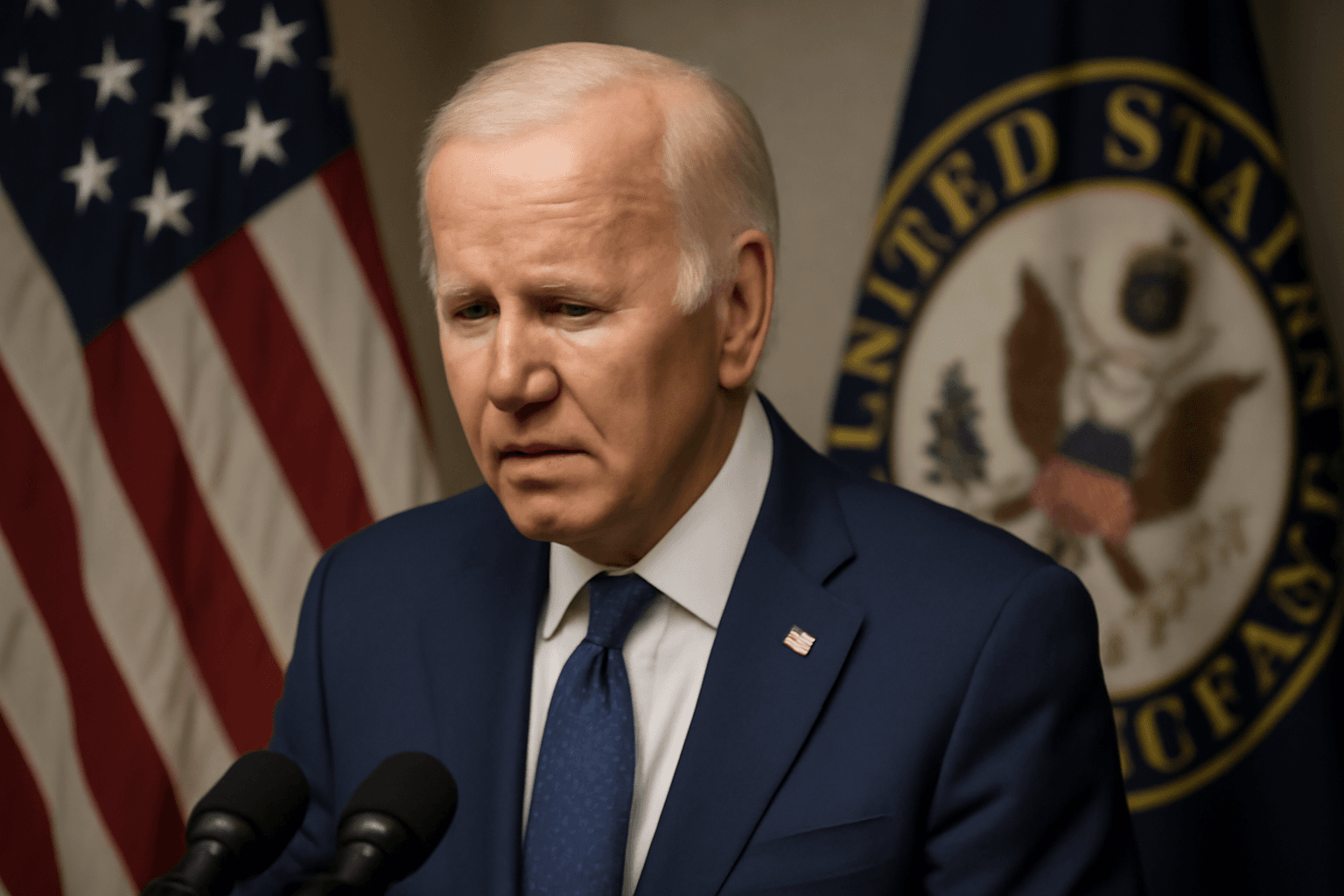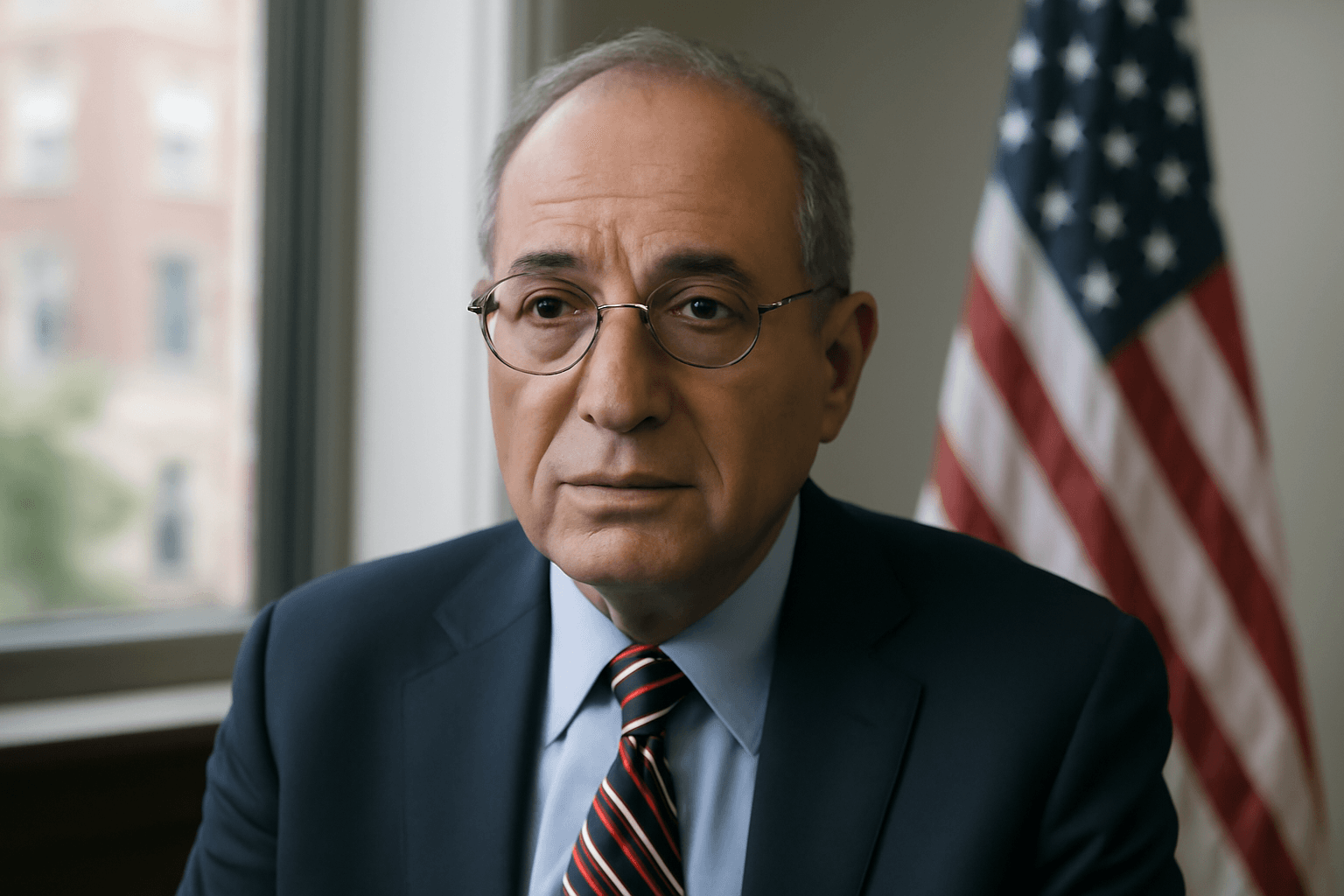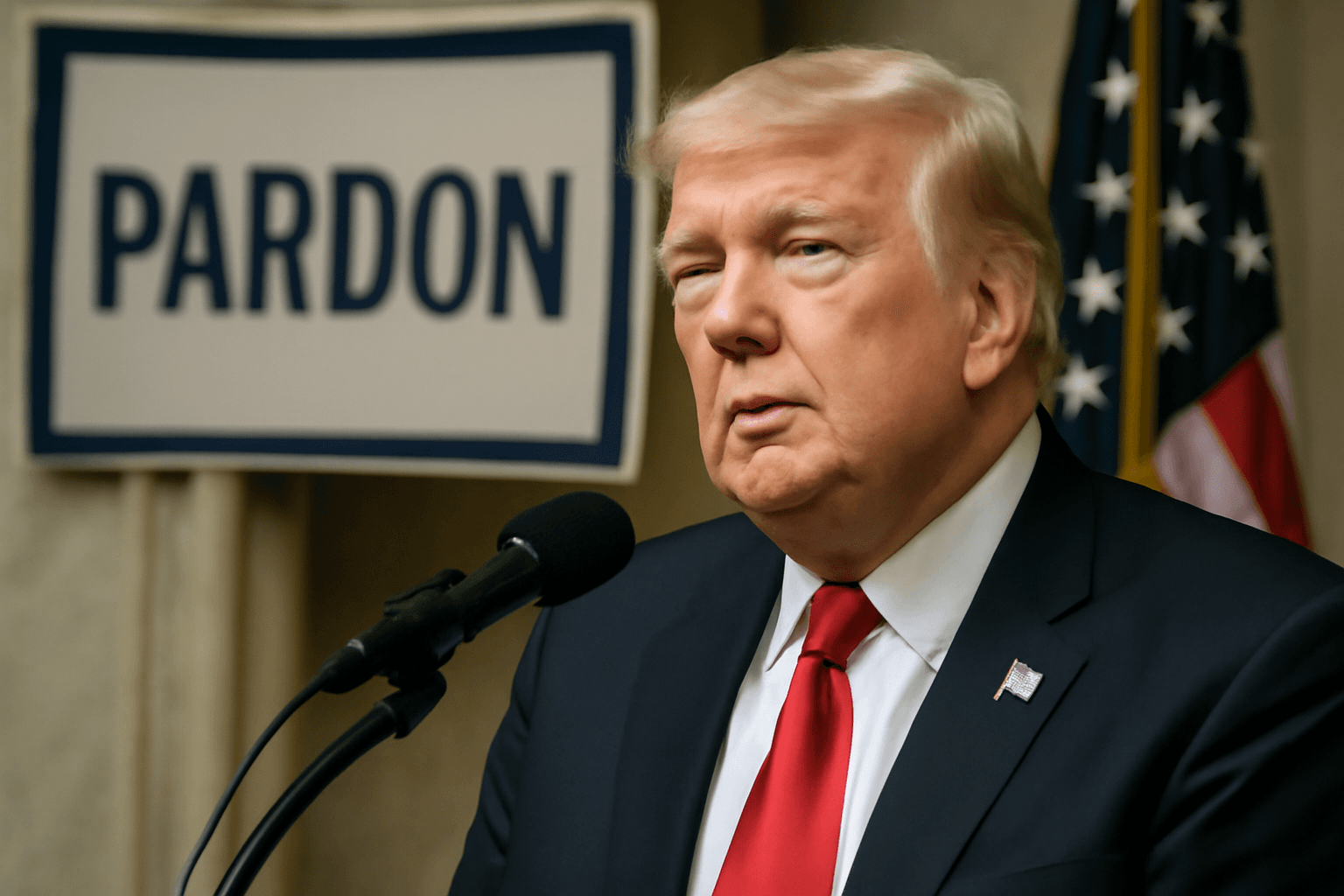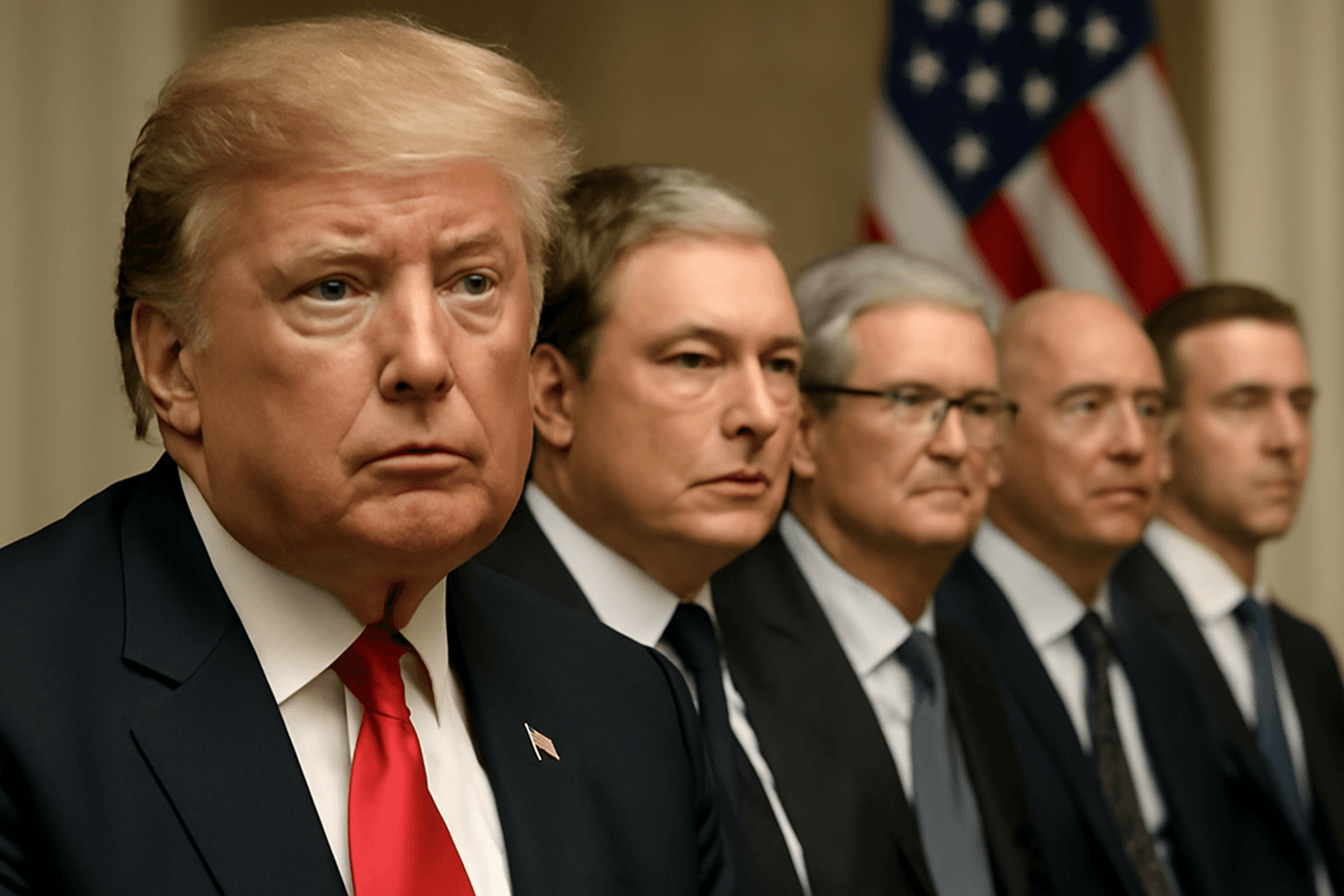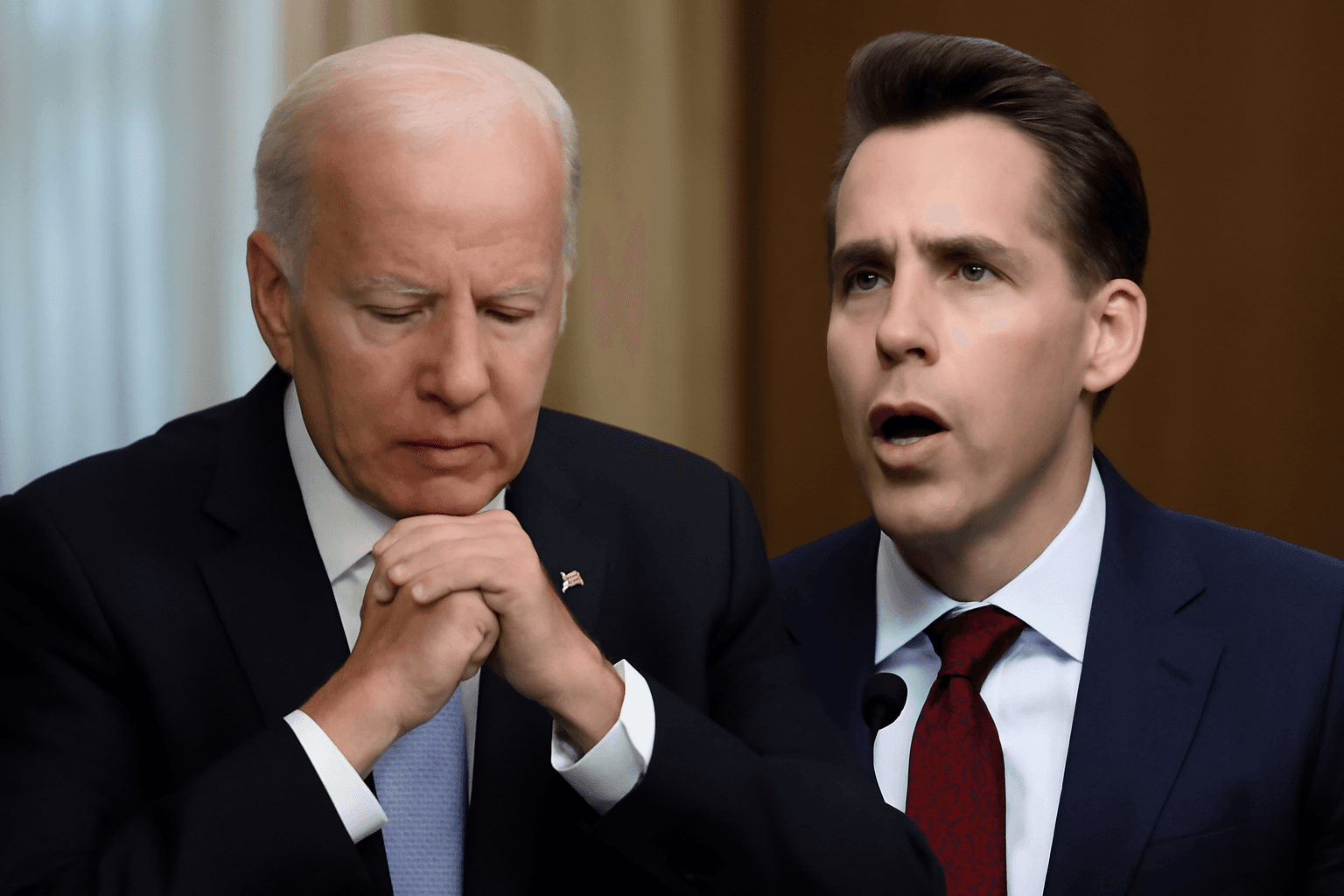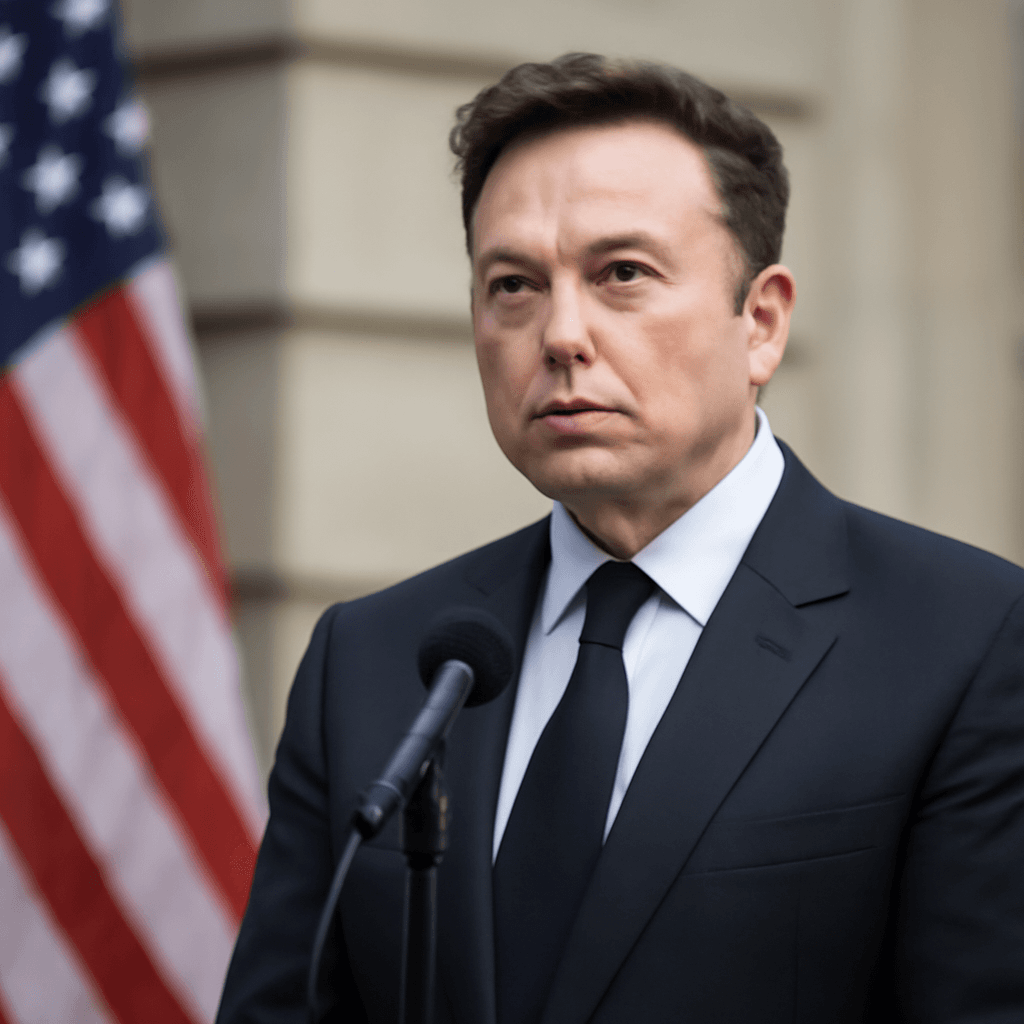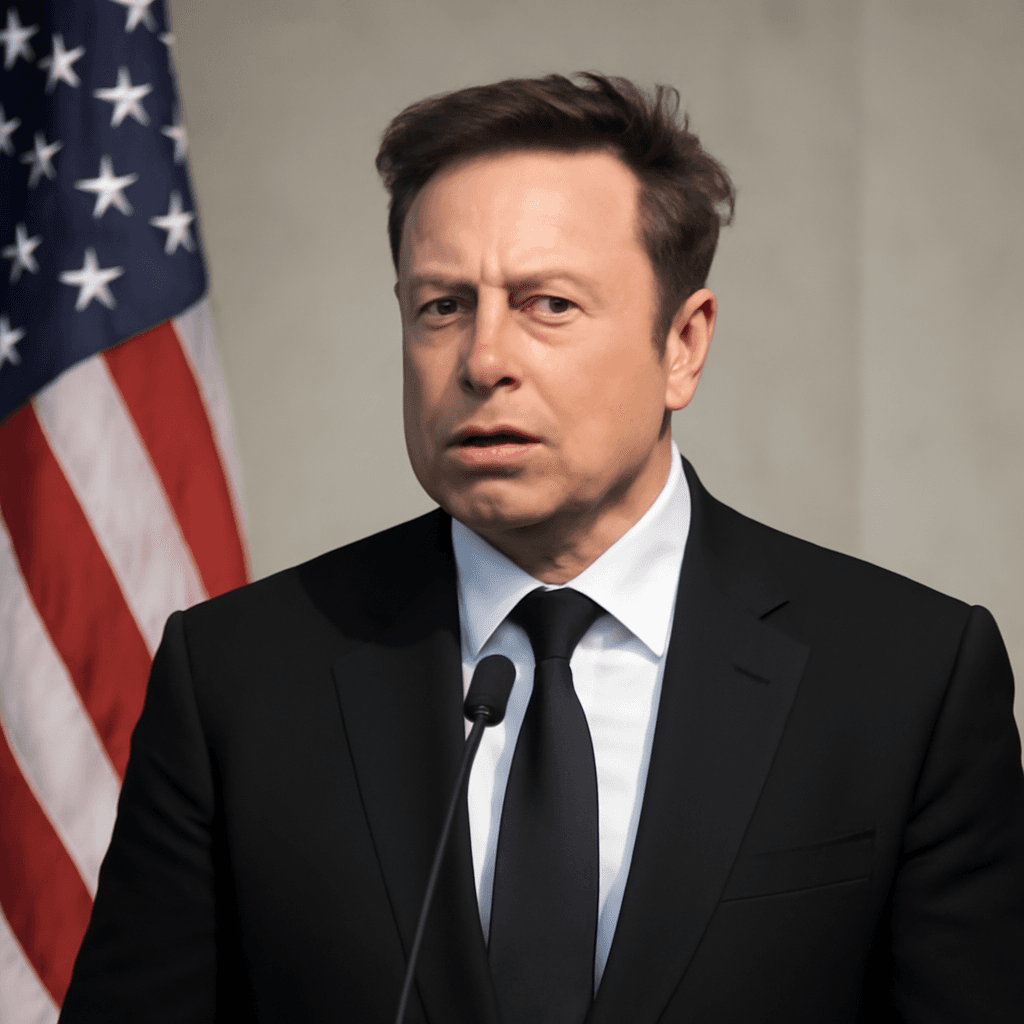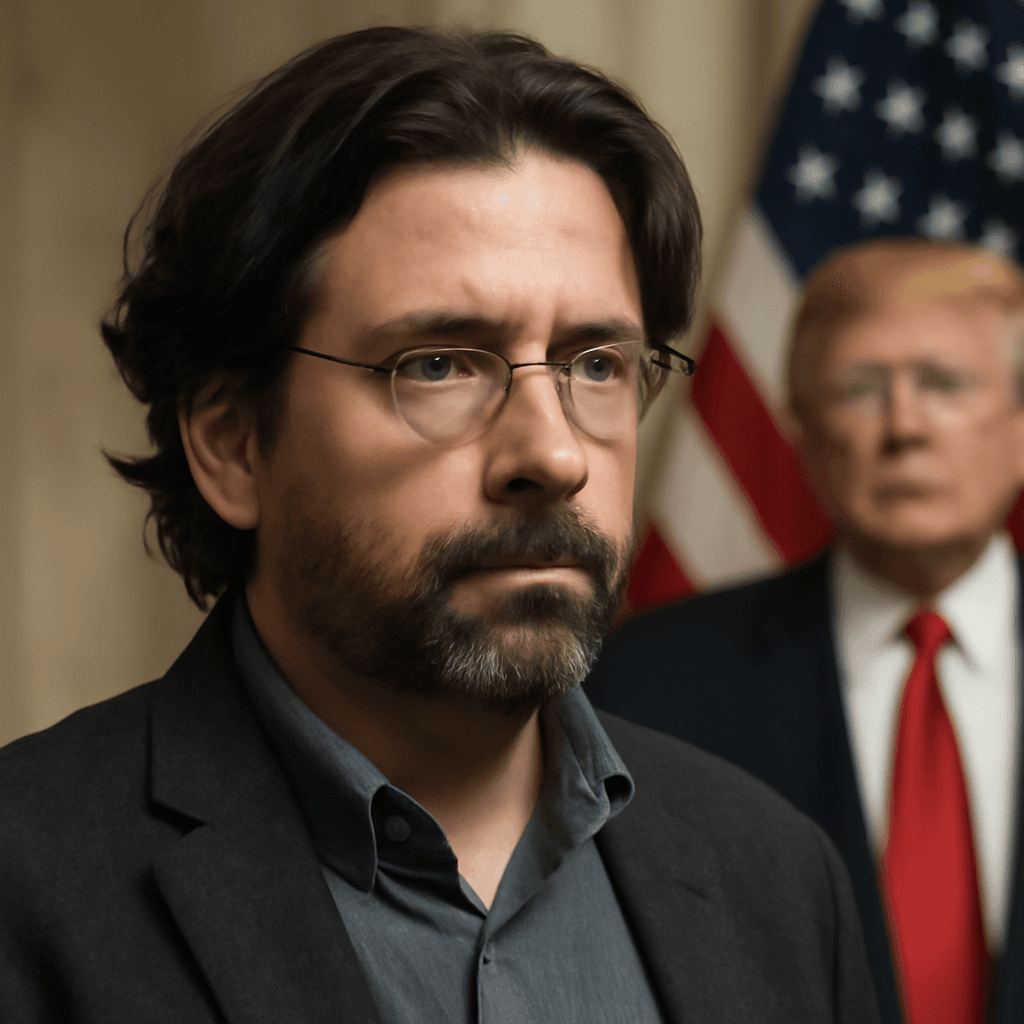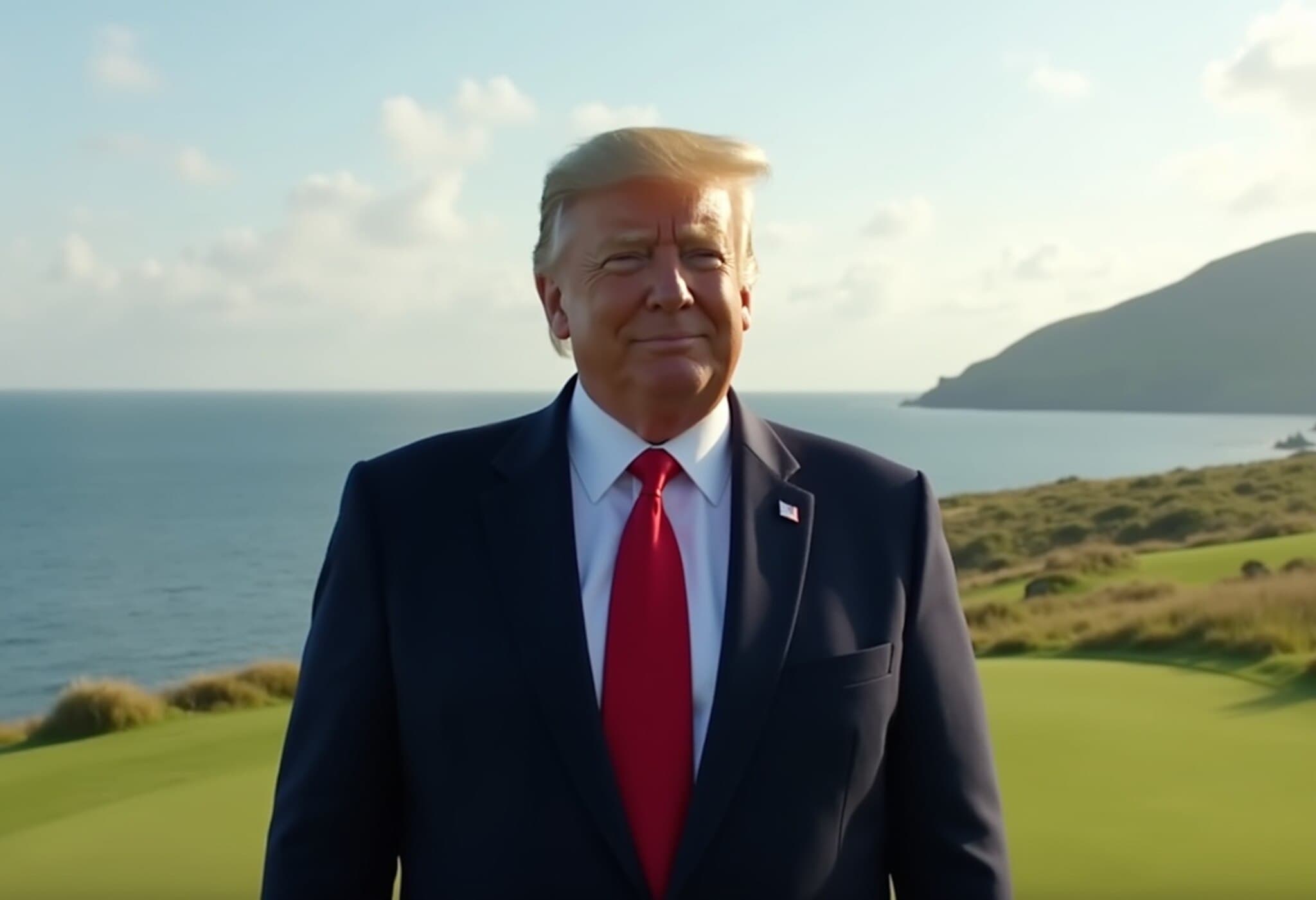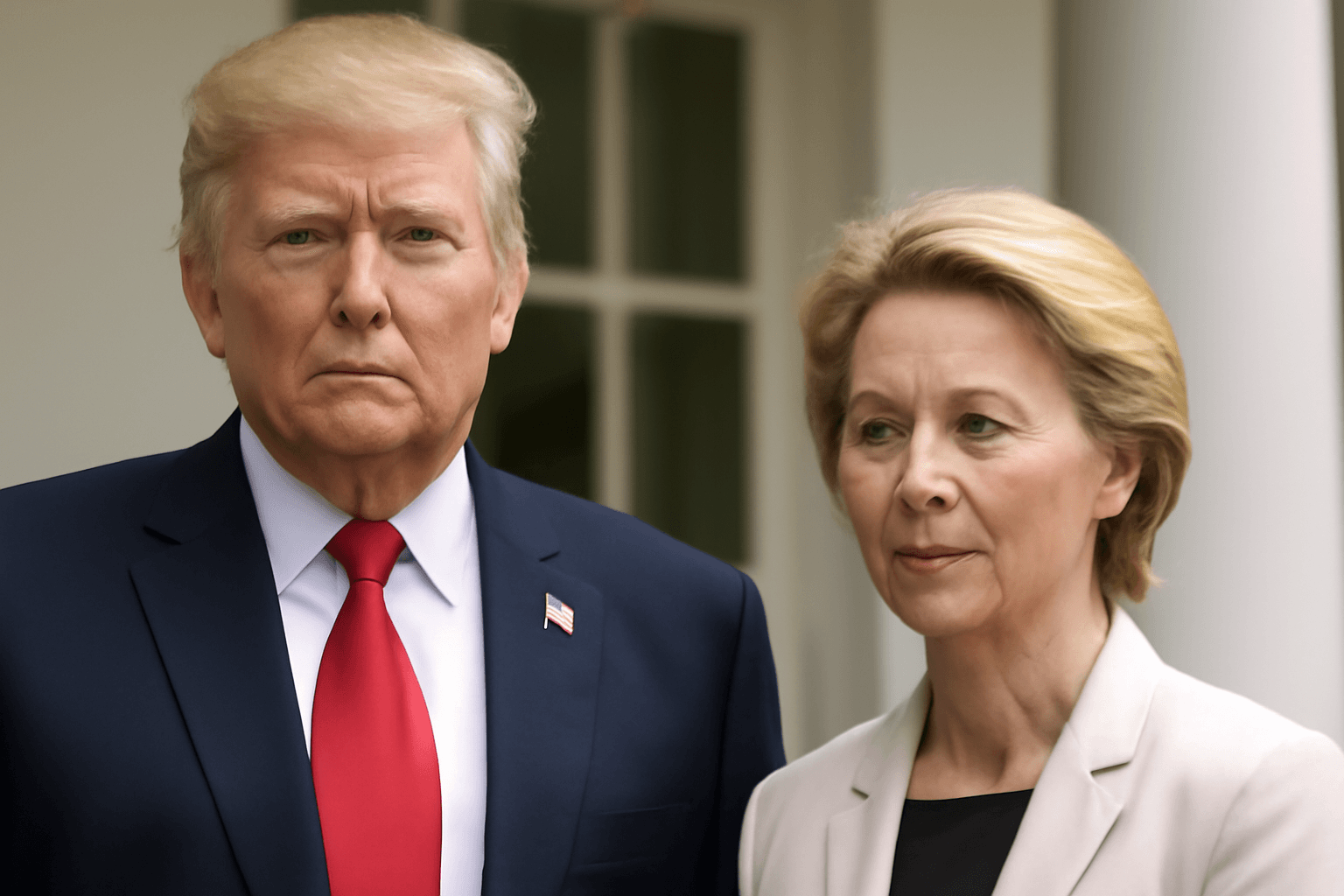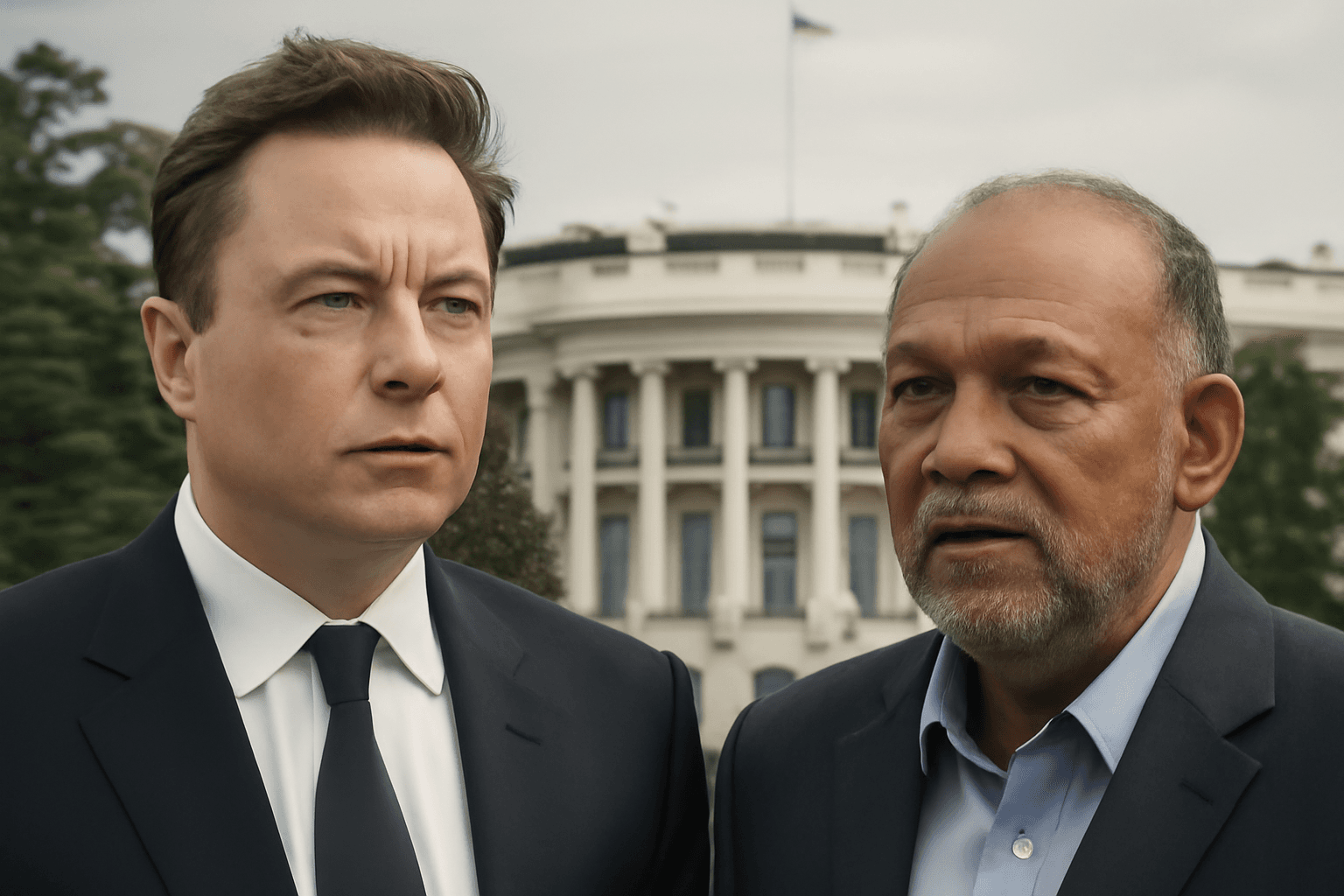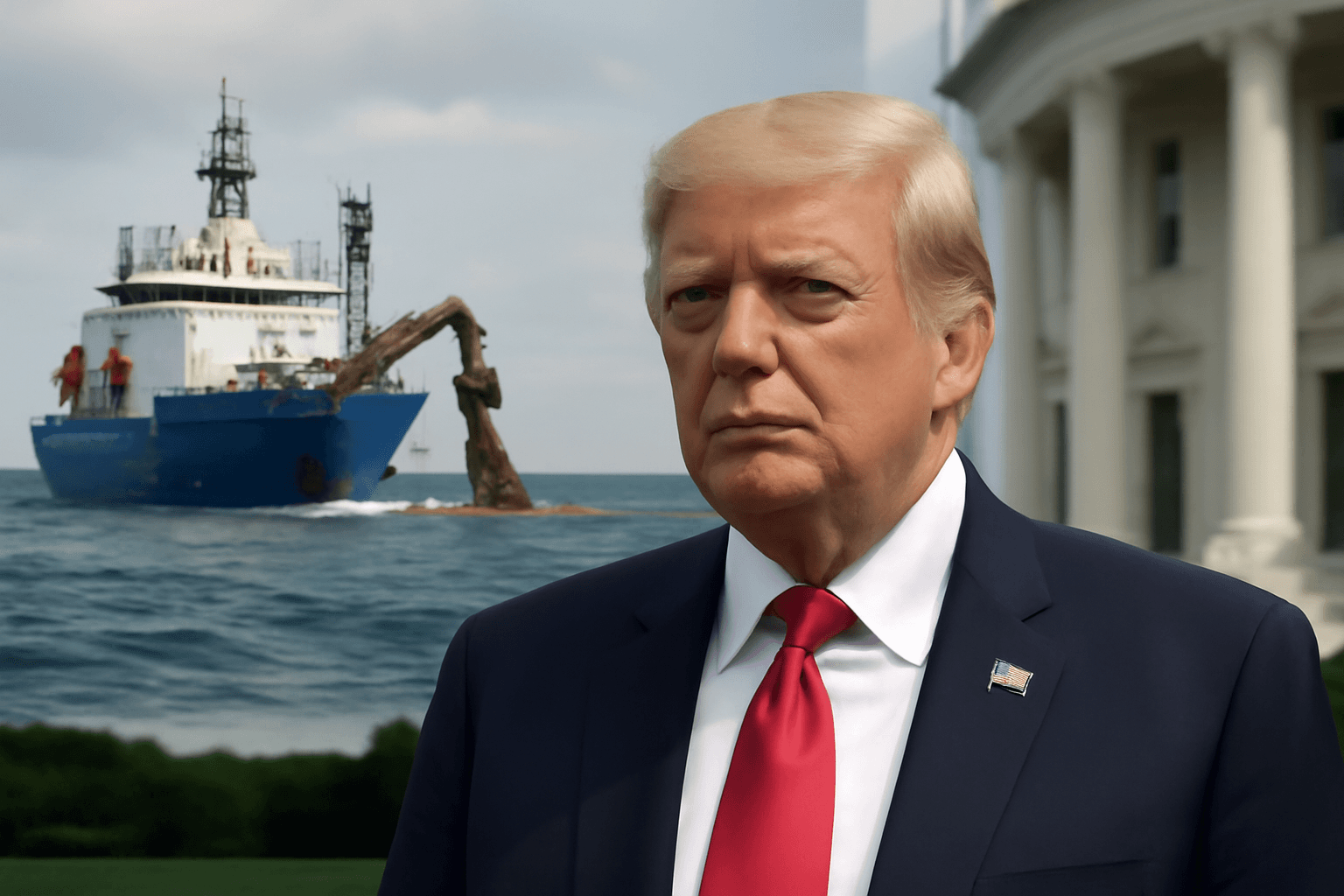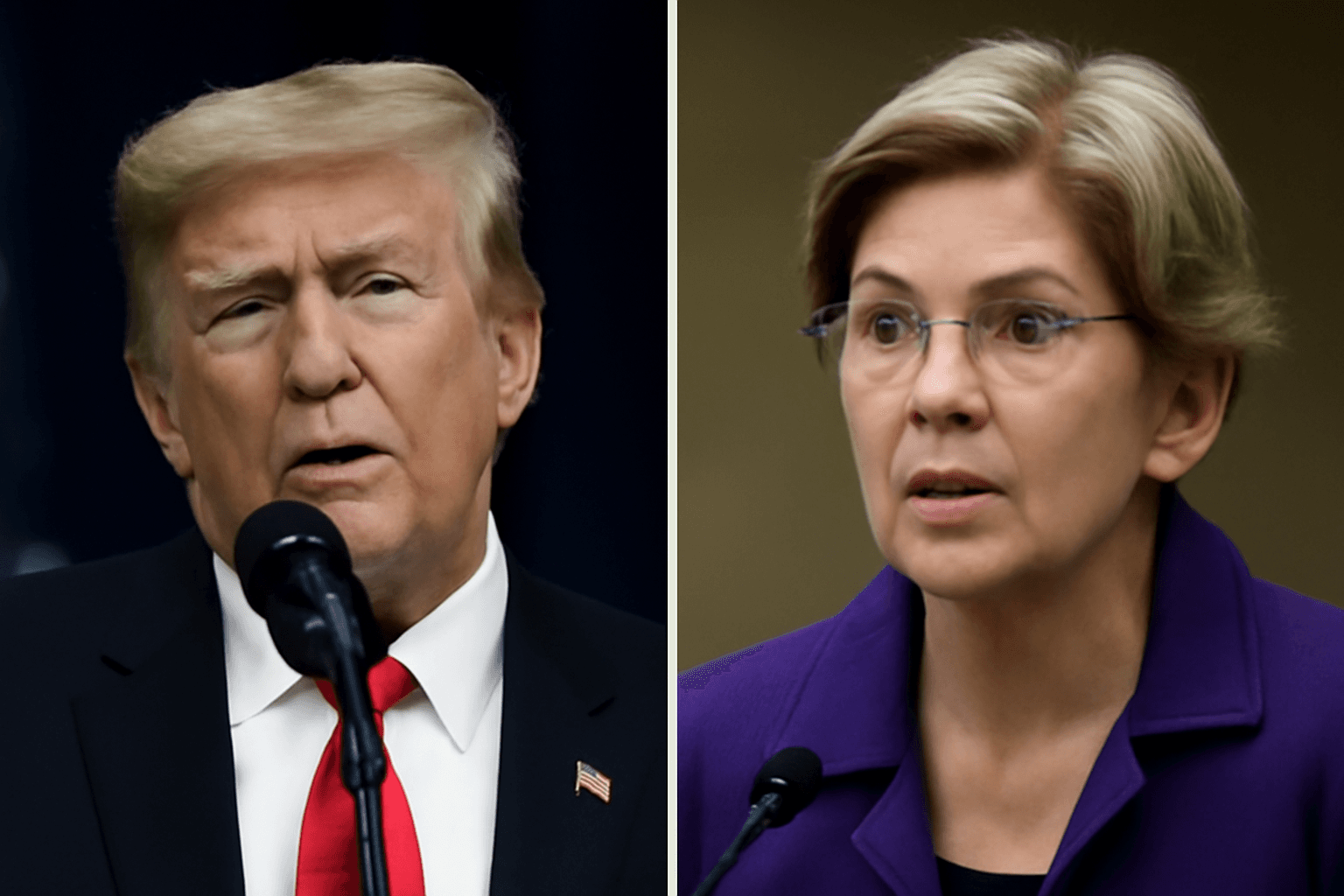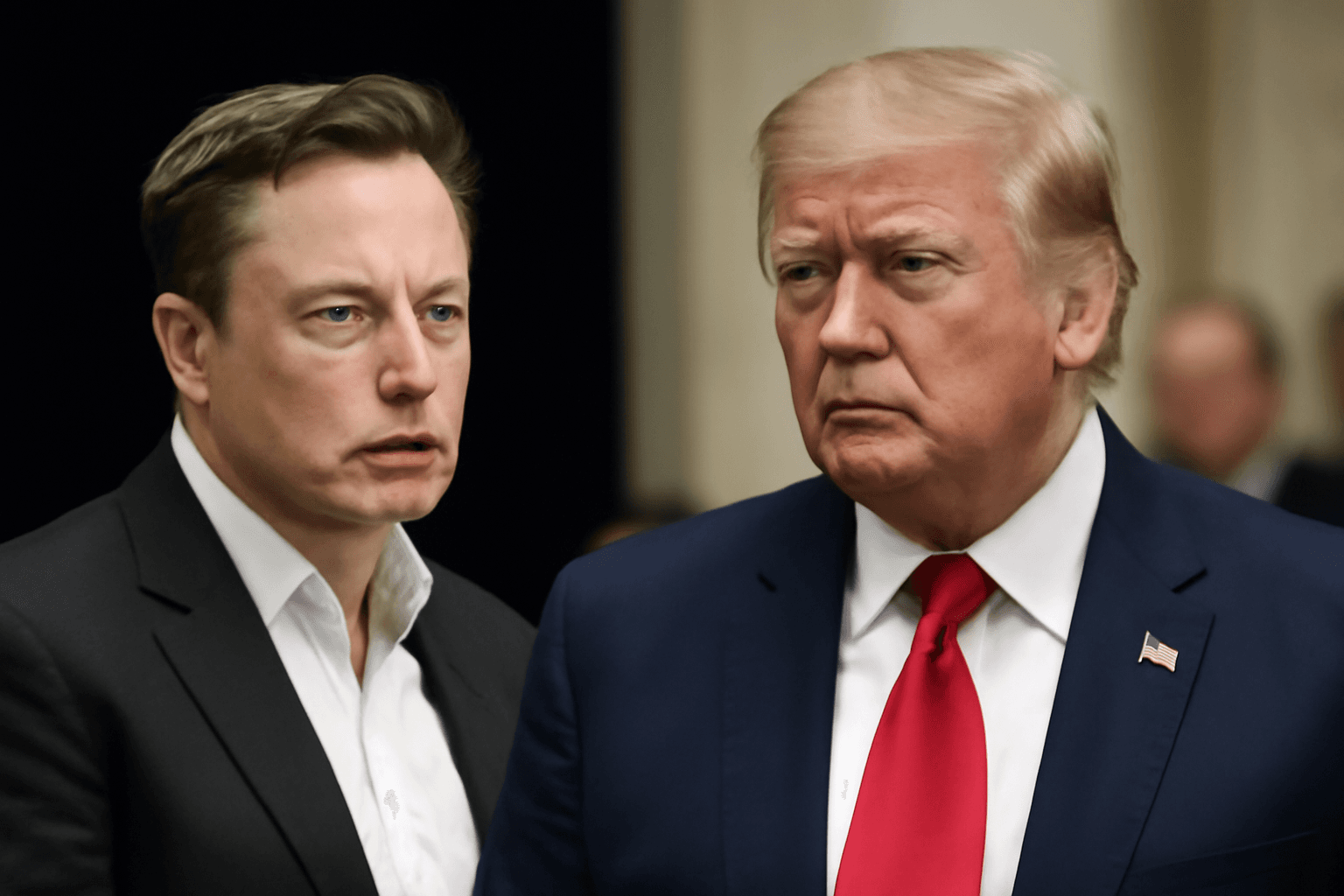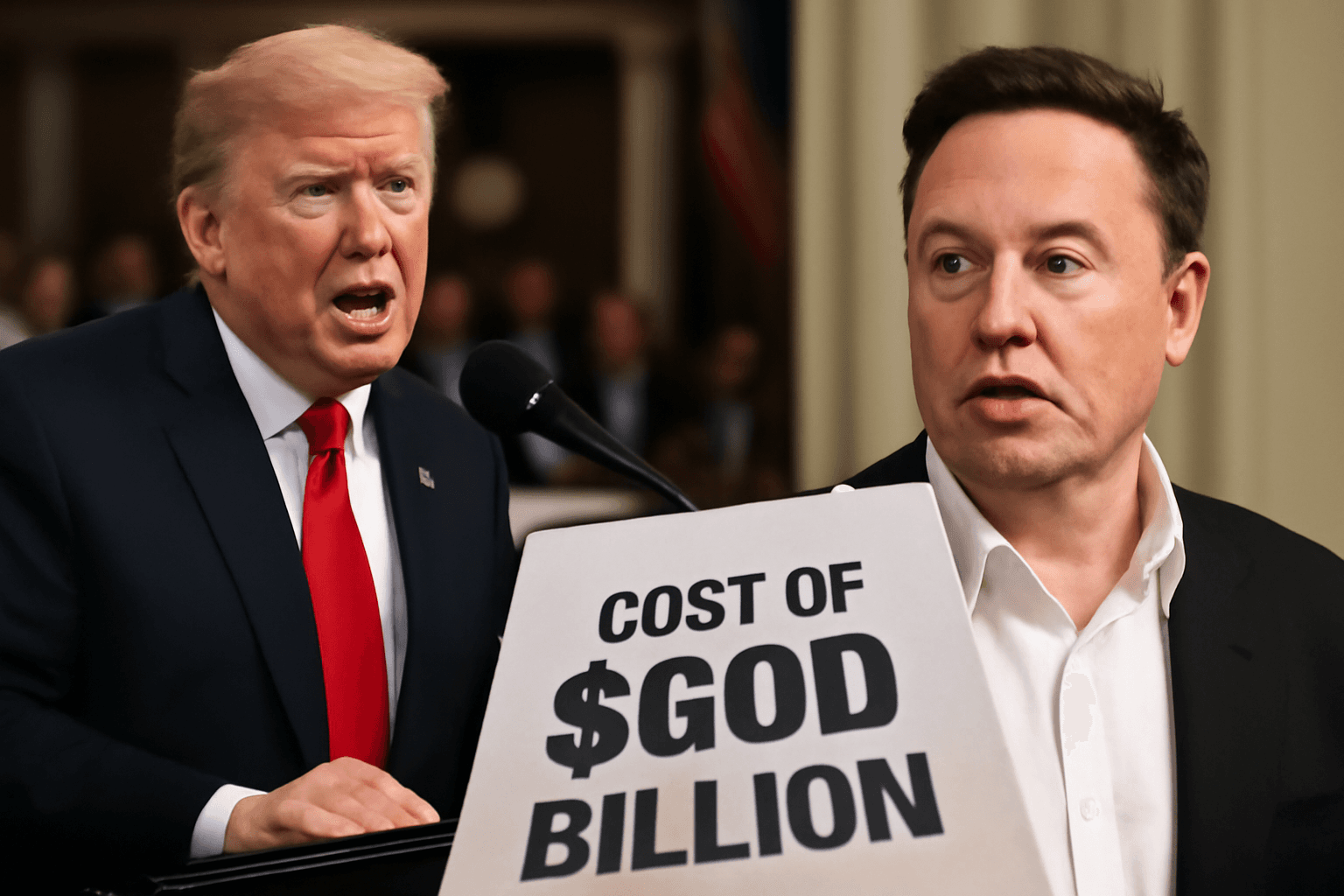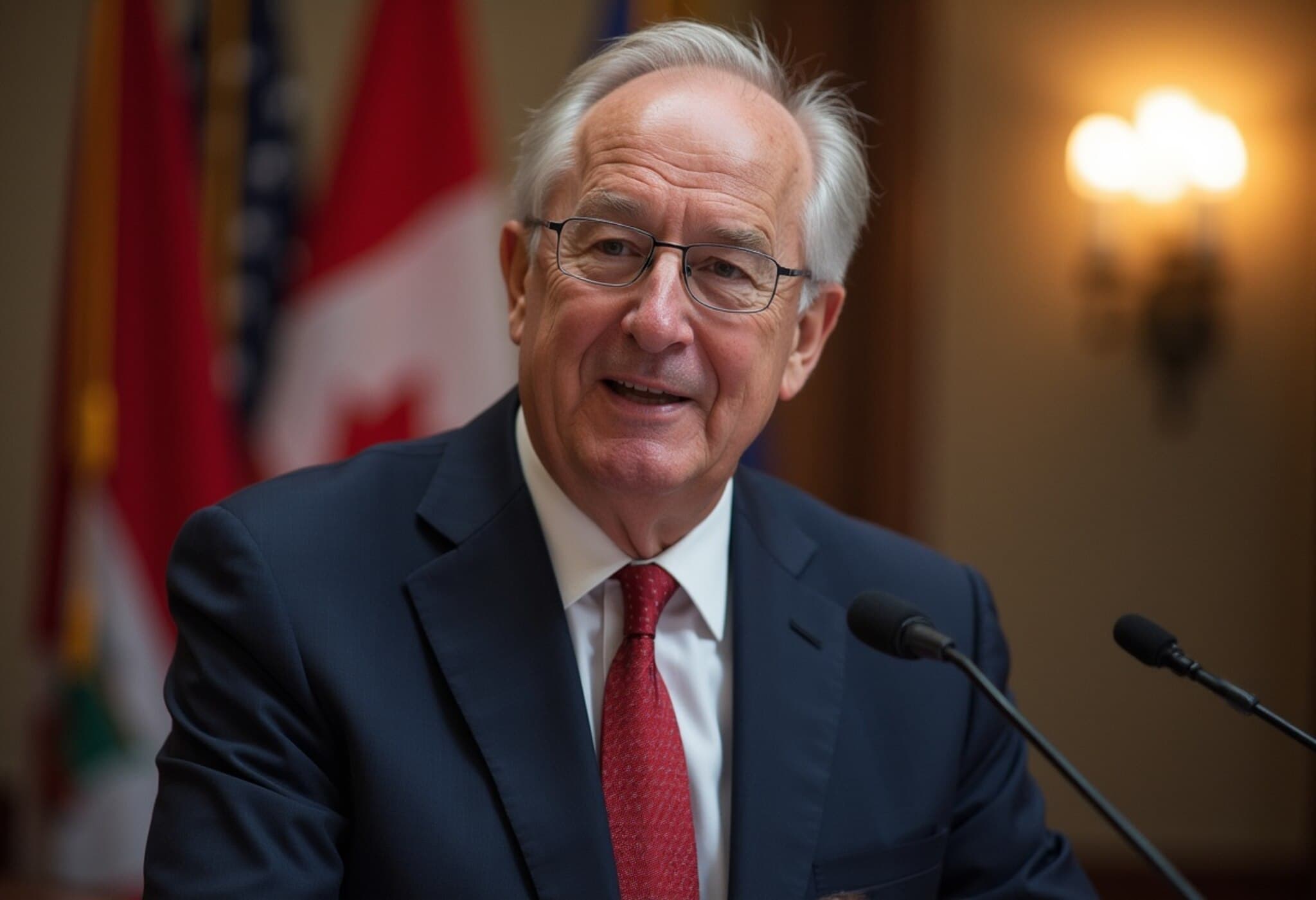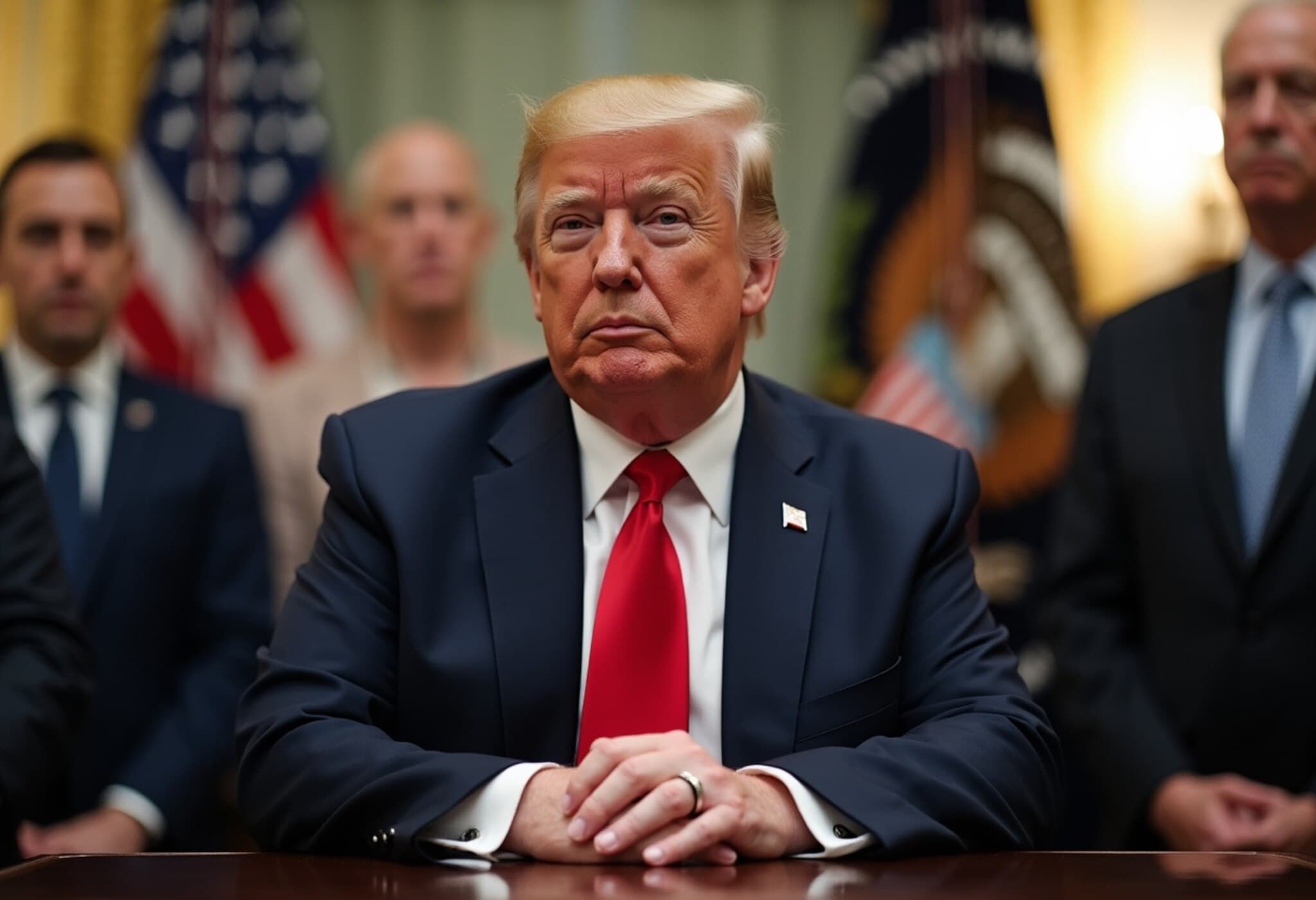Trump’s Unexpected White House Roof Visit Sparks Jokes About Nuclear Arsenal
In a candid and characteristic moment, President Donald Trump was spotted leisurely strolling along the roof of the White House above the press briefing room on Tuesday morning. Accompanied by architect James McCrery, the man behind the ambitious $200 million privately funded East Wing ballroom renovation, Trump made light-hearted remarks about possibly installing “nuclear missiles” on the roof — a comment that drew a mix of smiles and raised eyebrows from reporters.
A Lighthearted Walk with a Hint of Strategy
As Trump toured the rooftop with his entourage, he animatedly gestured toward various spots, including the grounds below, sharing his vision in real-time. When asked about his plans, he quipped, “nuclear missiles,” mimicking a missile launch with his hand—his trademark blend of humor and bravado. His jovial approach masks a deeper engagement with the ongoing upgrades and potential expansions within the White House complex.
Notably, Trump emphasized that all renovations and additions were self-funded, asserting loudly, “Anything I do is financed by me!” and expressed a desire to find “another way to spend my money for this country,” highlighting his personal financial commitment to White House improvements.
Contextualizing the Renovations: More Than Just Cosmetic Changes
While the president did not elaborate on whether he plans to add more floors or staff accommodations to the West Wing, his interest in the White House infrastructure is evident. The East Wing ballroom project, spearheaded by McCrery, stands as one of the most high-profile undertakings during his administration, reflecting a blend of grandeur and utility.
Additionally, the recent Rose Garden renovation, situated just beneath where Trump walked, sought to modernize the grounds in subtle but practical ways. By installing a concrete floor, the redesign aimed to accommodate formal events more comfortably, particularly for women in heels, underscoring attention to detail often overlooked in political settings.
From Flagpoles to Gold Plating: Trump's Signature Touch on the White House
Trump’s hands-on approach to White House aesthetics is not new. His tenure has featured notable additions, including erecting two 100-foot flagpoles on the North and South Lawn, flying oversized American flags that symbolize a bold patriotism. The Oval Office itself received his unmistakable gold-themed makeover, with gilded accents on the ceiling, fireplace, and flooring — choices that sparked both admiration and debate redolent of his larger-than-life personality.
Experts note that such personalization efforts serve dual purposes: enhancing the president's legacy within the historic residence and asserting a distinctive political identity. In the realm of American presidential architecture, Trump’s interventions reflect a continuation of leaders using the White House to project power and persona, though his style is uniquely flamboyant.
What Lies Ahead: Ongoing Projects and Political Symbolism
As Trump's administration advances several construction and renovation projects, questions linger about the broader implications. Will these upgrades contribute to the White House's function and prestige, or are they extensions of personal branding? Moreover, the president's offhand reference to “nuclear missiles” — while likely tongue-in-cheek — inadvertently pulls attention to sensitive national security themes at a time of heightened global tensions.
Policy analysts observe that such remarks, even in jest, can influence public discourse on military readiness and executive power, especially in a politically polarized environment. The intersection of personal idiosyncrasy, financial investment, and symbolic gestures at the White House creates a rich tapestry for understanding modern political leadership.
Editor’s Note
This glimpse of President Trump’s rooftop stroll provides a revealing snapshot of how a commander-in-chief engages with his historic residence beyond traditional governance. His blend of humor, personal investment, and symbolic action underscores the evolving narrative of the White House as both a living home and a political stage. For readers, it raises compelling questions: How should public leaders balance personal influence with institutional legacy? And what messages do physical changes to national landmarks send domestically and globally?
As the East Wing ballroom and other projects progress, tracking these developments offers valuable insight into the personalization of power and the enduring significance of America’s most iconic address.


